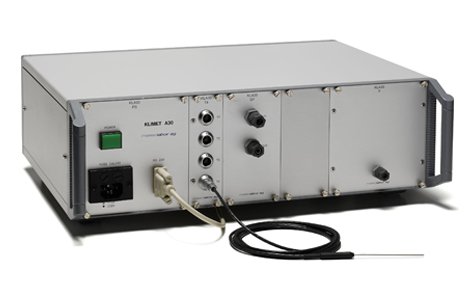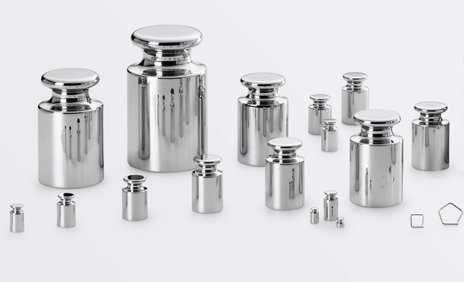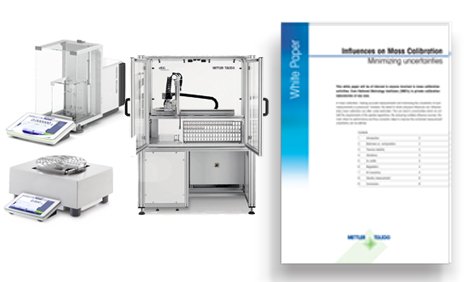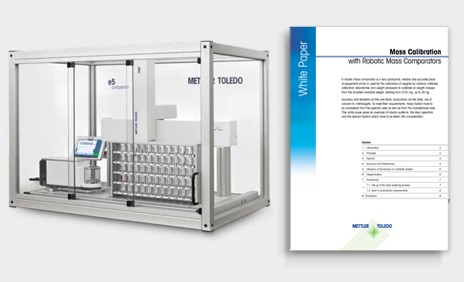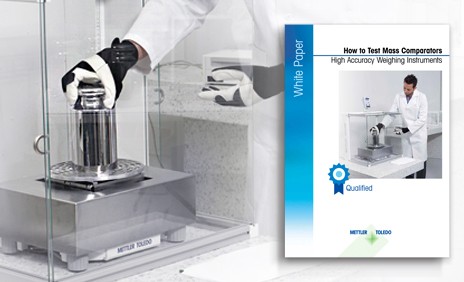
Robotic Mass Comparators
High-Accuracy and High-Throughput Mass Comparison
A robotic mass comparator is a high-performance comparator balance coupled with a robotic arm that enables a large number of weights to be calibrated in an automatic process. The robotic arm transfers reference and test weights from the magazine and places them in turn on the weighing pan of the mass comparator. Even entire weight sets with different nominal values can be calibrated without human interaction.
Advantages of Robotic Mass Comparators
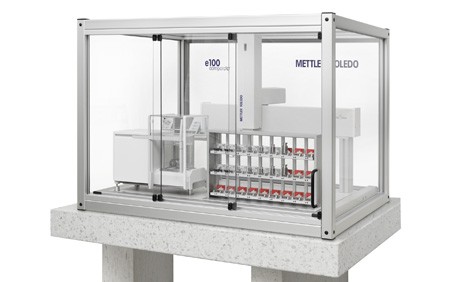
High Accuracy Mass Calibration
The robotic system avoids the need for human interaction during the mass calibration process, thereby achieving a high level of accuracy with low uncertainty.
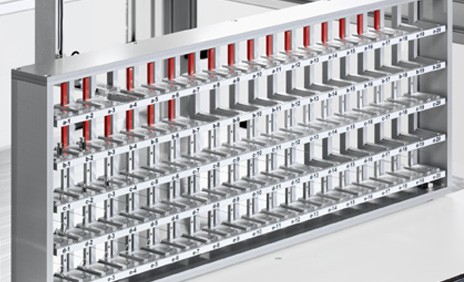
Perfect for High-Throughput Applications
The fast, automatic process makes the robotic mass comparator highly suited to high-throughput applications, such as mass calibration laboratories. Full weights sets can even be calibrated overnight without the need for an operator to be present.
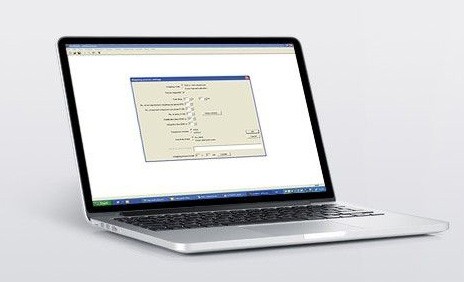
Dedicated Mass Calibration Software
Every robotic mass comparator comes with our dedicated Windows®-based software, which enables you to centrally control your weighing jobs, start several jobs in a row automatically, calculate air buoyancy, and export result to a database to ensure traceability.
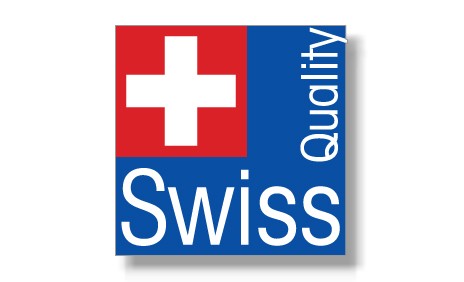
Quality You Can Rely On
All our manual mass comparators are made from high-quality materials to our exacting manufacturing standards and are extensively tested to ensure a long lifetime with minimal downtime.
FAQs
What is a robotic mass comparator?
A robotic mass comparator a high performance comparator balance combined with a robotic arm. The weight calibration process is carried out automatically based on preprogrammed calibration requirements. The reference weights and test weights are stored in a magazine, which can accommodate up to 100 weights. The robotic arm selects the weights from the magazine and places them on the weighing pan of the mass comparator. All calibration data is stored automatically by the MC Link mass calibration software. Entire weight sets can be calibrated without human interaction. Due to their ability to handle large numbers of weights, robotic mass comparators are ideal for high-throughput, high accuracy weight calibration.
How is eccentricity error eliminated on a robotic mass comparator?
To eliminate eccentricity error, METTLER TOLEDO developed the weight carrier principle. The carriers have recesses with different diameters, which can also be adjusted, to accommodate different sized weights. Selecting the most suitably sized carrier minimizes the effect of eccentricity; this is especially important when calibrating the highest weight classes. The robotic mass calibration system measures the individual eccentricity error for each weight and this is accounted for in the weight calibration process. Determination of the eccentricity error is particularly relevant when a combination of weights is used and the weighing pan is unequally loaded, for example 5 g versus the combination of 3 g and 2 g.
Can the dissemination/subdivision method be carried out using a robotic mass comparator?
The robotic mass comparator is particularly suited to the dissemination process. There are two established methods for calibrating a set of weights. In the first method, the weights are compared one-to-one with the reference weights. However, this requires a full set of reference weights with all the nominal values of the weights being calibrated. The second method is to calibrate the weights using just selected reference weights and working up or down to calibrate the remaining weights, which is known as dissemination or subdivision.
However, when using a manual mass comparator or even an automated mass comparator, the dissemination process can be very time-consuming and difficult to achieve. Often, weights must be stacked and specially designed weighing schemes employed. For instance, placing several weights onto the hanging weighing pan of a manual mass comparator can be very challenging, and finding the center of gravity of a group of weights with different nominal values is practically impossible. With the robotic mass comparator, there is flexibility to design a weight dissemination scheme in which up to three weights can be loaded simultaneously onto the weighing pan.
What are the benefits of a robotic mass comparator system?
The robotic mass comparator system carries out the weight calibration process automatically, without the need for interaction from the operator. The automated process results in higher accuracy, fewer errors, and minimized uncertainty. As the robotic arm is able to precisely place multiple weights on the comparator balance at the same time, weight calibration is more efficient and weight dissemination is simplified dramatically. The robotic mass comparator is highly efficient at calibrating large numbers of weights, helping to increase productivity and optimize costs for high-throughput mass calibration laboratories. Furthermore, the robotic mass comparator is within a closed environment that also serves to protect valuable reference weights.
What features does a robotic mass comparator have that reduce the risk of errors?
- The balance position sensor detects if there is the slightest movement in the position of the balance, from an impact or an earthquake, for example. The weight calibration process is stopped immediately to prevent the robotic arm from colliding with the weighing pan.
- The speed of the robotic arm is carefully optimized to prevent weights moving or falling from the weight carriers.
- If the doors to the robotic system are opened, the measurement process is stopped; the movement of air within the closed system is sufficient to affect the accuracy of the weight calibration results.
- An optical sensor is used to detect whether there is a weight carrier in the magazine, and that the correct carrier is loaded. An incorrect carrier can result in eccentricity errors or the weight may even fall from the carrier.
- An emergency stop button enables the robot to be halted at any time by the operator.
- To ensure weight calibration data is safe, all measurements and associated metadata are stored in a secure hard drive.
Can micro-weights (0.05 mg to 0.5 mg) be measured on a robotic system?
The a10XL is able to calibrate micro-weights by both the one-to-one weight comparison method and the dissemination/subdivision principle.
Can a robotic mass comparator measure the conventional mass and true mass of a weight?
The environmental monitoring system provides accurate up-to-date information on the surrounding temperature, humidity and air pressure. The information is used to apply an air buoyancy correction to the measured weight value. With the optional Efficiency Pack software, the true mass and conventional mass is calculated and printed on the measurement report.
